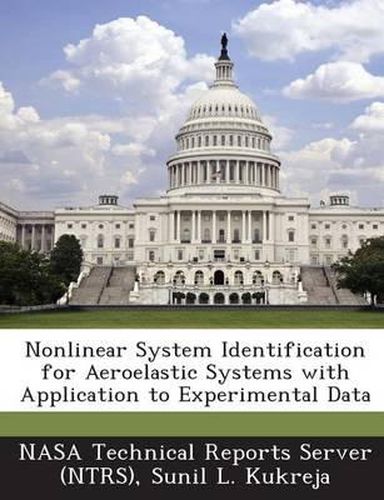Readings Newsletter
Become a Readings Member to make your shopping experience even easier.
Sign in or sign up for free!
You’re not far away from qualifying for FREE standard shipping within Australia
You’ve qualified for FREE standard shipping within Australia
The cart is loading…






Representation and identification of a nonlinear aeroelastic pitch-plunge system as a model of the Nonlinear AutoRegressive, Moving Average eXogenous (NARMAX) class is considered. A nonlinear difference equation describing this aircraft model is derived theoretically and shown to be of the NARMAX form. Identification methods for NARMAX models are applied to aeroelastic dynamics and its properties demonstrated via continuous-time simulations of experimental conditions. Simulation results show that (1) the outputs of the NARMAX model closely match those generated using continuous-time methods, and (2) NARMAX identification methods applied to aeroelastic dynamics provide accurate discrete-time parameter estimates. Application of NARMAX identification to experimental pitch-plunge dynamics data gives a high percent fit for cross-validated data.
$9.00 standard shipping within Australia
FREE standard shipping within Australia for orders over $100.00
Express & International shipping calculated at checkout
Representation and identification of a nonlinear aeroelastic pitch-plunge system as a model of the Nonlinear AutoRegressive, Moving Average eXogenous (NARMAX) class is considered. A nonlinear difference equation describing this aircraft model is derived theoretically and shown to be of the NARMAX form. Identification methods for NARMAX models are applied to aeroelastic dynamics and its properties demonstrated via continuous-time simulations of experimental conditions. Simulation results show that (1) the outputs of the NARMAX model closely match those generated using continuous-time methods, and (2) NARMAX identification methods applied to aeroelastic dynamics provide accurate discrete-time parameter estimates. Application of NARMAX identification to experimental pitch-plunge dynamics data gives a high percent fit for cross-validated data.